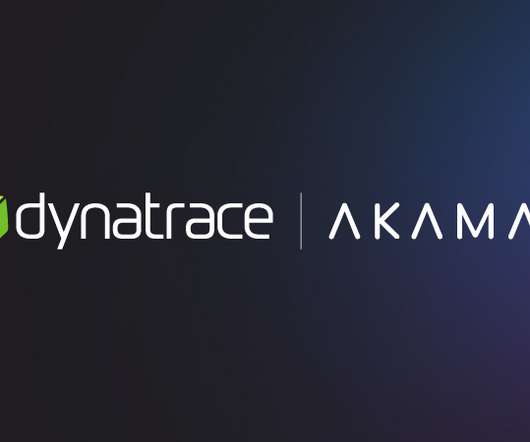Optimizing your Kubernetes clusters without breaking the bank
Dynatrace
JANUARY 14, 2022
However, setting the right parameters for Kubernetes clusters to ensure application availability, performance, and resilience while avoiding overspending isn’t a walk in the park. The following figure shows the high-level architecture where any load testing solution (e.g. below 500ms) and error rates (e.g. lower than 2%.). Conclusions.


































Let's personalize your content